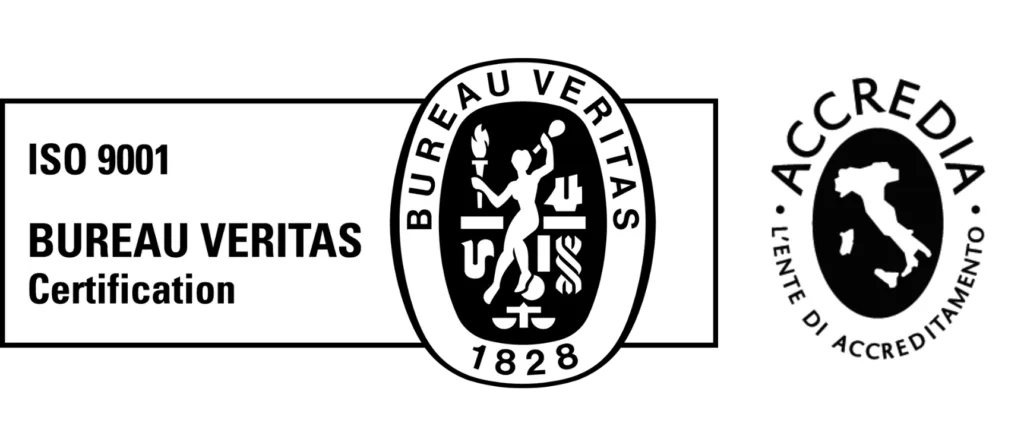In many Italian cities, urban waste collection is still managed in a traditional way. Every day, trucks travel the same routes, stopping in front of the same bins regardless of how full they are. Sometimes the bins are overflowing, with waste left on the sides. Other times, they are only half-full, yet they are emptied anyway.
At first glance, this system might seem to work: the waste is collected. But behind this old-fashioned approach lies a huge economic, logistical, and environmental inefficiency, which weighs heavily on municipal and corporate budgets, while also damaging the city’s image and reputation. Solutions like NANDO, based on AI technology for waste management, can turn collection trucks into digital sentinels, gathering real-time data on bin fill levels and illegal dumping.
A snapshot of waste collection in Italy
Urban waste management in Italy is a complex and fragmented sector, involving more than 7,900 municipalities and hundreds of local companies or consortia. According to ISPRA data, the average cost of urban hygiene services per citizen often exceeds 200 euros per year, with significant differences between North and South. Of this amount, collection accounts for 60–70% of the total cost, a huge share considering that much of the routing is not optimized.
The lack of accurate data on volumes, fill levels, and quality of separate collection means route planning is often based on estimates or routine habits. This leads to paradoxical situations: trucks passing multiple times through low-waste areas, or densely populated zones where bins remain full for too long. Another critical issue is monitoring the quality of separate collection: without precise and up-to-date data, authorities cannot intervene promptly in areas where citizens dispose of waste incorrectly. The resulting risk is lower recycling rates and the failure to meet European Union environmental targets.
Hidden costs and environmental impacts
Every unnecessary kilometer driven by a waste collection truck has a real cost: fuel, vehicle wear, labor hours, and CO₂ emissions. A “blind” system that ignores real-time information not only wastes public resources but also contributes to increasing the overall environmental impact of waste collection. At a time when ecological transition is central to the European agenda, ignoring the potential of data means falling behind.
In some Italian municipalities where NANDO solutions have already been implemented, truck routes have been optimized, reducing up to 30% of mileage. This has also led to significant reductions in fuel consumption and pollutant emissions.
Data and Artificial Intelligence: a game-changing opportunity
The good news is that technology now offers concrete tools to overcome these limitations. Our solution was designed exactly for this purpose. Among the sectors where our solutions are applied is urban collection, both with trucks and manual collection directly from street bins. We can transform collection trucks into digital sentinels capable of collecting and analyzing real-time data.

With Artificial Intelligence, NANDO turns each vehicle into a mobile sensor. By analyzing data on fill levels, quality, and quantity of waste in advance, it can estimate optimized collection routes. It also detects illegal dumping near bins, allowing operators to intervene in critical areas or implement educational programs for citizens.
All this information is aggregated in a dashboard. The result? A dynamic, real-time map of the city based on collected data: the Waste City Map.
Municipalities and companies that adopt NANDO can:
- Optimize collection routes, reducing unnecessary trips in low-volume areas and focusing resources where they are truly needed.
- Improve recycling quality, identifying areas with incorrect disposal, launching targeted awareness campaigns, and monitoring results over time.
- Detect illegal dumping, as the system automatically flags critical points and supports rapid, localized interventions.
All this translates into significant economic savings, greater operational efficiency, and reduced environmental impact.
Towards smarter urban management
Adopting data-driven technologies is a decisive step toward building truly sustainable Smart Cities. In this scenario, waste collection is no longer just a mandatory service but becomes a strategic source of information. The goal is to improve urban planning, optimize resources, and promote responsible behavior.
But how to do it intelligently and at scale? This is where NANDO fits perfectly. With a flexible approach, requiring no additional infrastructure, we leverage what already exists: the trucks in circulation every day.
The real cost of “missing data”
Ignoring data means wasting resources. Every unnecessary kilometer, every half-empty bin, every unreported dumping incident translates into lost time, money, and opportunities. It also means losing the chance to build a sustainability culture based on solid evidence, engaging citizens, companies, and institutions.
🎥 Discover how cities are already transforming waste management with NANDO. Listen to Giovanni Lucifora, Co-founder & Business Development Manager at NANDO on our LinkedIn channel.
Don’t miss out: follow our LinkedIn page for the latest news.
Take the next step: speak with one of our Sustainability Experts.




